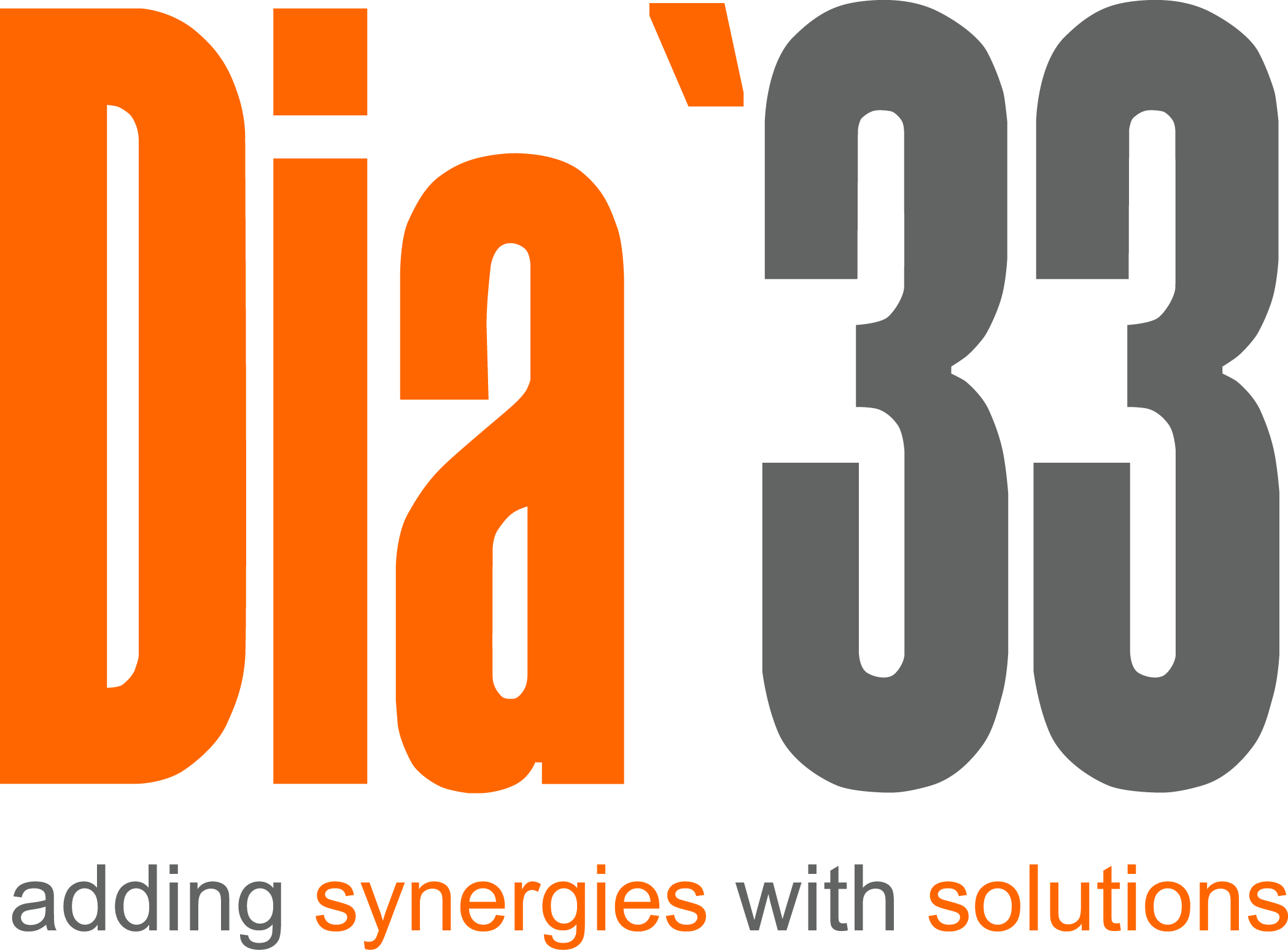What are the biggest opportunities for the coatings industry in East Africa? (MAX 150 words).
Opportunities: The future of Africa’s coatings market is poised to growth, as many international consortiums are actively engaged to invest and fund large national projects mainly to develop regional infrastructure, which would further boost the confidence if Investors in re-building East Africa. With the current pace of industrial and Infrastructural enhancement, increase in coatings and adhesives demands are obvious. It is an investment destination that most reputed coating manufacturers have pushed higher on their priority investment list.
Reason: East Africa is the fastest developing sub-area on the mainland, with financial development anticipated that would ascend to 6.8% in 2016 and 6.6 % in 2017. The uplifting standpoint is predicated on foundation ventures. The development of the Devolution Support Program-for-Results project approved in March 2016 in Kenya, of which, the largest commitments are in infrastructures. Ethiopia, Kenya and Uganda are by all accounts rife with ambitious infrastructure and Industrial projects. The interest for industrial paints and coatings is primarily influenced by infrastructure development in the region and is estimated to grow all simultaneously.
What do you feel are the top 2 challenges for the East African coatings industry are likely to be this year? Please explain why (MAX 200 words).
Challenge 1: Political Differences
Reason: Most of East African countries have recently emerged from long fought internal conflicts and tribal issues and it would take some time for this region to achieve international trade harmony where the exchange of goods and services within each other would become a value add for all nations of the discussed region. Such political differences within the African and East African countries will continue to affect the market growth due to multiple barriers and missing free-trade policies.
Challenge 2: Foreign exchange deficit.
Reason: East Africa until today is heavily dependent on imports and thus have huge trade deficits, affecting balance of available foreign exchange. Which is return bring huge stress to investors who are queuing in banks to get allocations on foreign exchange to sustain and grow their businesses in the region.
Is 2016 a year in which organisations in the coatings industry should be taking risks? Please explain why (MAX 150 words).
Answer: Organizations such as global coating manufacturers, chemical raw materials suppliers and relative service providers must be taking calculated risks to build exposure in East African countries. Needless to say, DIA33 sees great opportunities (now and in future) in this region and has definite blueprint to enhance its footprints in African region.
Reason: The continuous infrastructural growth financed by international bodies like world Bank, developed nations that see the benefit of investing in these regions which are extremely rich in natural resources.
What can the East African market learn from other markets? Please explain why (MAX 150 words).
Answer: Learning from all mature markets can easily guide African Market to eliminate barriers that it is facing in the movement of goods, services, capital and labor. Other regions spent decades to reach matured economic and trade policies which east African leaders can easily adopt to streamline their intra-state trade policies and accelerate regional growth.
East African Countries must unite with rest African Communities and work on eradication of physical, technical, fiscal and monetary barriers to intraregional trade and commercial exchanges for smooth trades with in.
What can the East African market teach other markets? Please explain why (MAX 150 words).
Answer: Every market teaches and learns from another market, so is East African market.
Reason: The East African Community’s approach to finding solutions on Poverty Reduction, Education, Economic Management, converting value for available resources to enhance exports and reduce trade deficit.
Despite remaining suppressed and exploited for centuries, the leaders of the region are putting their best in enhancing the standards of their population by creating opportunities for Foreign Investors despite many thresholds like of foreign exchange shortfall, skilled labor, energy crisis etc.


